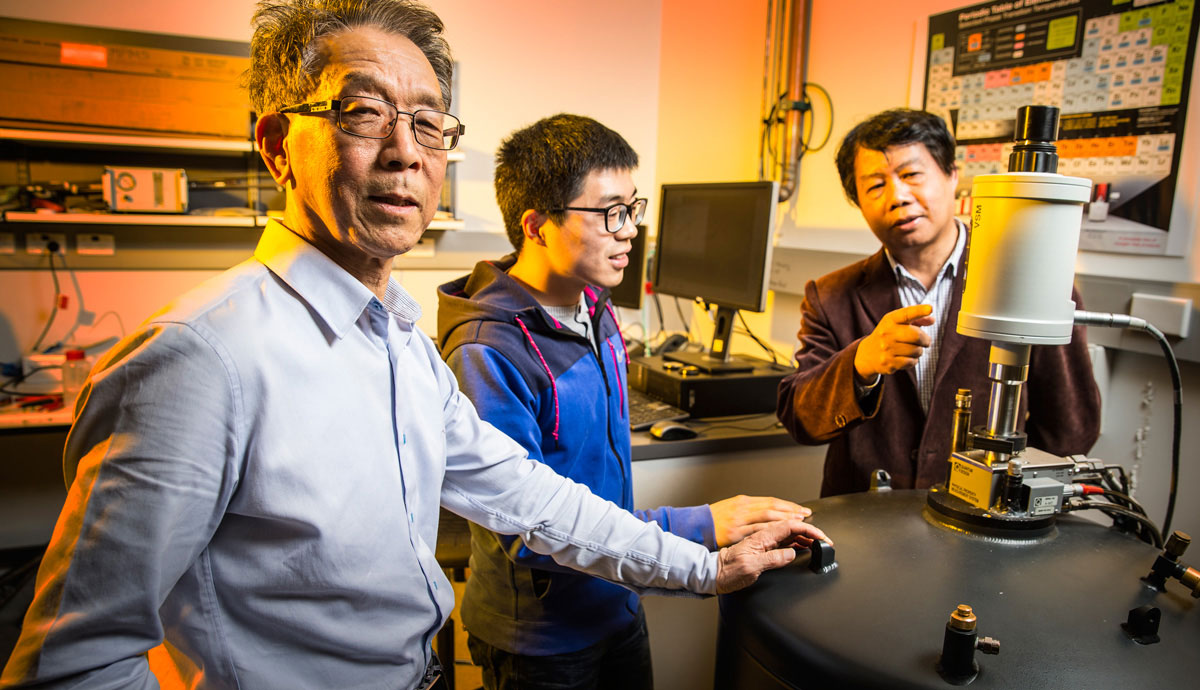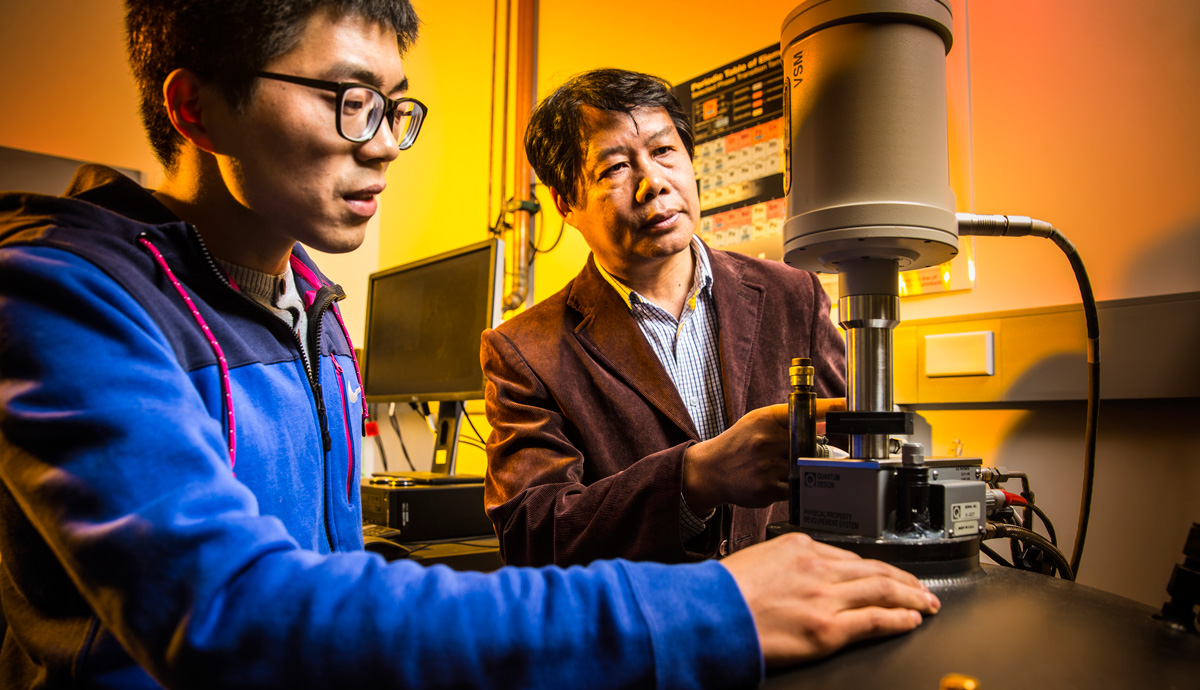August 29, 2015
Researchers in a spin over exotic electronic properties
Controlling contradictory magnetic forces could help solve a half-century-old electronics dilemma.
It was called the “ball of the century”. In 1993 Australian Cricketer Shane Warne left English batsman Mike Gatting stunned when his ball swerved in the air before hitting the pitch and taking a huge left turn to knock over the stumps.
The flight trajectory and turn off the pitch in the opposite direction seemed impossible and has since fascinated both sports fans and scientists.
Spin and trajectory are also two features that are fascinating physicists, not to help cricketers or footballers make balls swerve and dip, but to enable a new world of computing and electronic devices.
The field is known as spintronics, a portmanteau of spin-based electronics, and involves using the electrical charge of an electron and another fundamental property, spin, to increase the electron’s information carrying capacity.
Researchers at UOW’s Institute for Superconducting and Electronic Materials (ISEM), led by Professor Xiaolin Wang said they had made a breakthrough in showing they were able to control electron's spin and charge to reveal exotic electronic properties, including the ability for electrons to be either magnetic or non-magnetic.
“All materials reveal their physical properties in conventional dimensions or space, and all of the materials in nature can be simply classified as either electric conductors or insulators,” Professor Wang said. “We started to look at exotic electronic properties in a system that has no magnetic atoms, but shows magnetic property.
"We discovered that the electrons undergo a strange transition, called topological transition, giving rise to either magnetic or non-magnetic properties.”
A new material based on electron spin has been sought after by researchers seeking to solve the dilemma of Moore’s Law, an observation from the 1960s that says the number of transistors that fit on a computer chip will double every 18 months.

"We could potentially build electronics that are smaller, faster and more efficient as well as helping solve key challenges in quantum computing.” Professor Xiaolin Wang.
Ultimately, reducing the size of computer chips will reach its limits and encounter problems with energy loss and overheating.
Professor Wang, an Australian Research Council Future Fellow, said their observation paves the way for the experimental exploration of spin-dependent phenomena that has applications in spintronic devices such as supercomputers and ultra-fast memory reading and storage as well as devices that work without any loss of energy, or dissipation.
“We could potentially build electronics that are smaller, faster and more efficient as well as helping solve key challenges in quantum computing,” he said. “This breakthrough observation has further boosted our reputation in materials physics and condensed matter physics in addition to our world-class capability in materials design and fabrication at ISEM and AIIM.”
The research was recently published in the journal Physical Review B.
